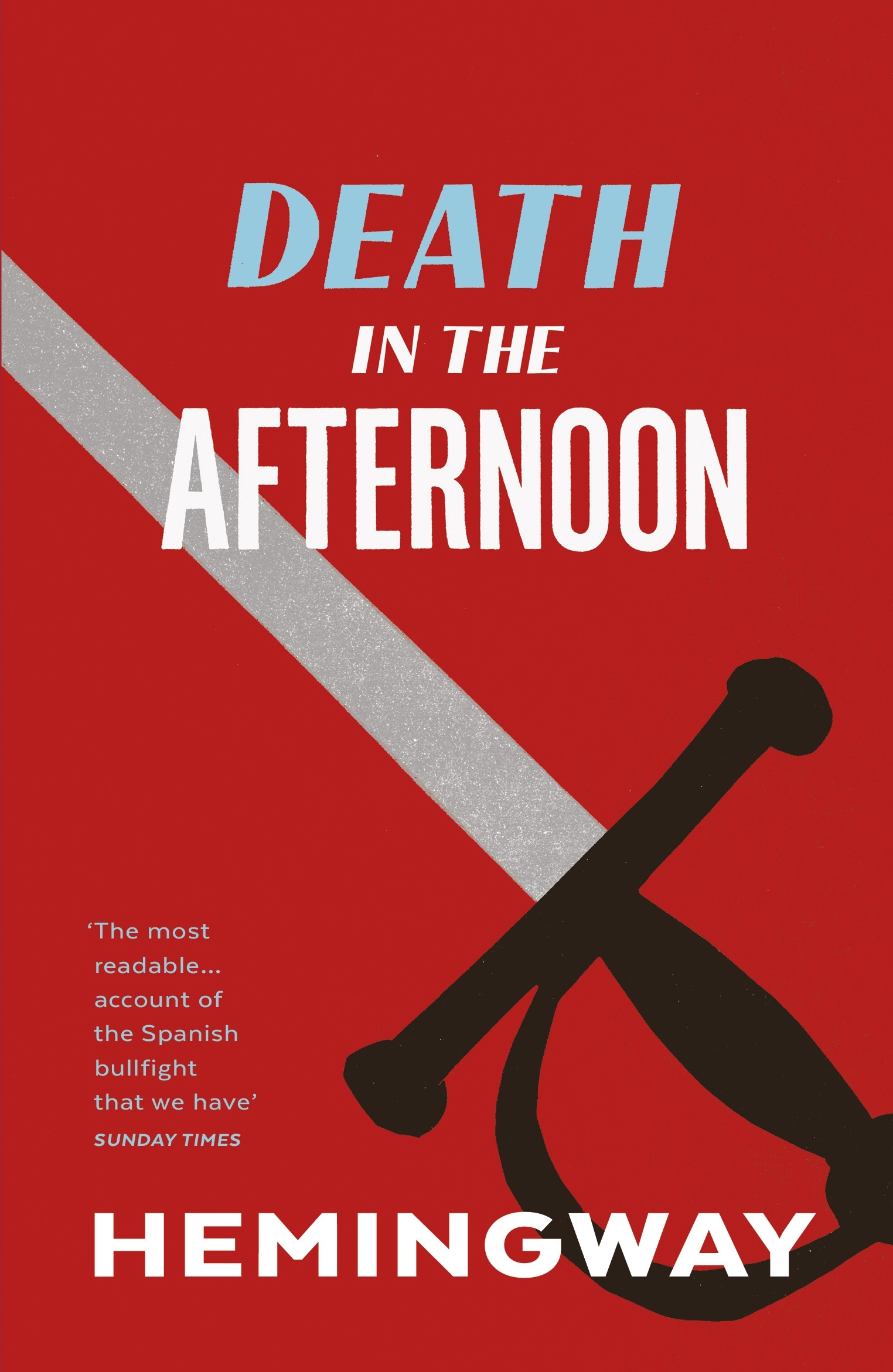
The first time I read The Book Thief was when the book was given to me by a family friend years ago. The second time was for school, to analyze it in English class. The third, and so far last time, was a few weeks ago. Every time I have read it, it has always been very enjoyable.
The novel takes place in Germany during the Second World War, a time of great tragedies and massive casualties for both soldiers on the battlefield and civilians at home. That tone is accentuated by the choice of the author Markus Zusak to have the narrator be the personification of Death himself. Death is not merely cold and unforgiving as society often perceives him. His character is far more solemn and sympathetic to the struggles of the characters.
And who are the characters? Well first there is the main one: Liesel Meminger, a young girl who is adopted by foster parents Hans and Rosa Hubermann. There is also Max Vandenburg, a Jew who hides in the Hubermann household, and several other more minor but no less interesting characters.
Zusak does an excellent job of developing these characters and making the reader develop an emotional connection with them. Even Rosa Hubermann, who often seems rough and abrasive at the beginning, grows on the reader as the book goes on. That emotional connection makes all of the struggles and tragedies that afflict the characters throughout the book all the more heartbreaking.
Along with the theme of mortality and struggle is the theme of reading. Throughout these hard times, Liesel often finds an escape by reading several books. Liesel uses reading to connect with the ailing Max Vandenburg. The Nazis, being the antagonists of the book, often burn books that question their regime. The theme of reading contrasts sharply with the theme of mortality. Reading offers hope to the main characters while they deal with the trials and tribulations they are faced with.
And how relevant is that theme? The past year has been a struggle for all of us, and we often found reading as an escape from the problems we dealt with. During the beginning of the pandemic, when it felt like society was shutting down, we used reading to give us a glimmer of hope and as an escape from the stress of world events, just as how Liesel uses reading in the book.
Thus, The Book Thief, a book written a decade and a half ago remains relevant to the struggles we face today, and remains one of my favorite books of all time.
-Adam A.
The Book Thief by Markus Zusak is available for checkout from the Mission Viejo Library. It can also be downloaded for free from Overdrive.









